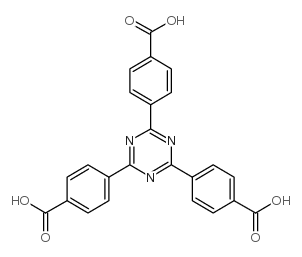| Structure | Name/CAS No. | Articles |
|---|---|---|
 |
2,4,6-Tris(4-Carboxyphenyl)-1,3,5-Triazine
CAS:61414-16-2 |
| Structure | Name/CAS No. | Articles |
|---|---|---|
 |
2,4,6-Tris(4-Carboxyphenyl)-1,3,5-Triazine
CAS:61414-16-2 |